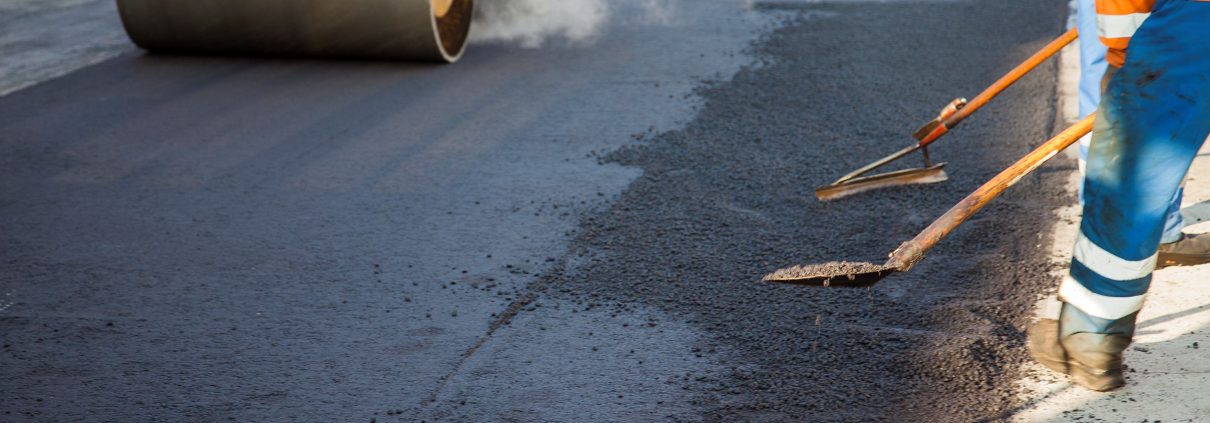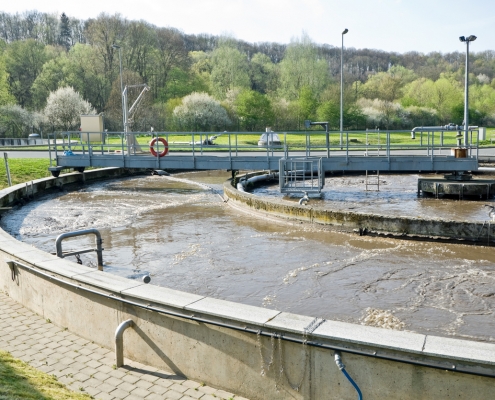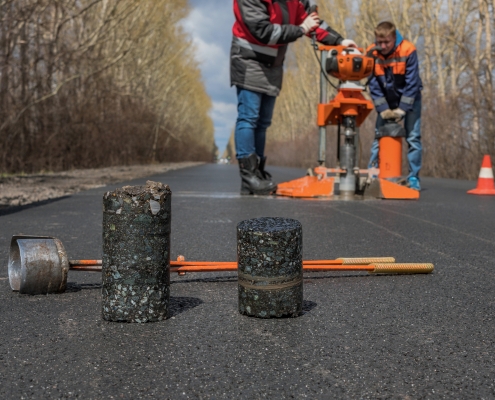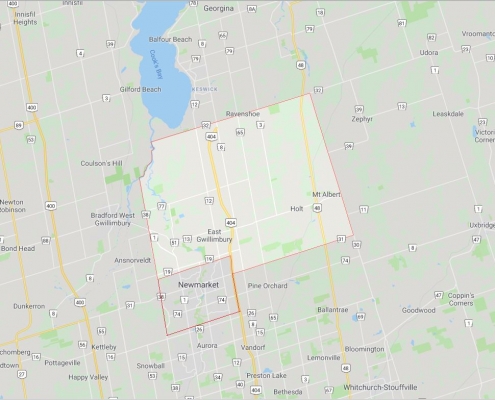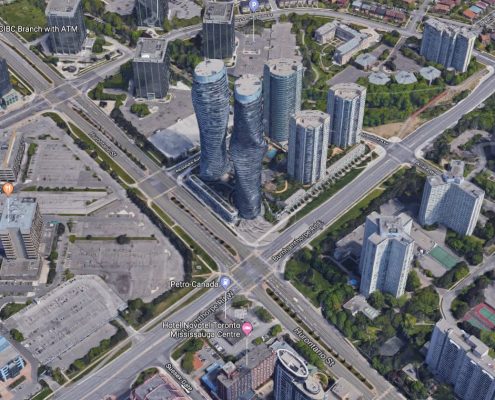Pavement engineering, including asphalt and pavement testing, are an essential part of road, highway, and parking lot construction. SIRATI & Partners can assist you with a number of services from design to construction. We are frequently involved in pavement condition evaluation, soil surveys, pavement evaluation and design and assessment of construction materials.
We offer a full-suite of services for structural design of new pavement structures as well as rehabilitation programs for the existing highways, roads and parking lots. We undertake pavement condition surveys that identify areas of distresses, analysis and design recommendations for remedial options. We routinely provide pavement field investigation, engineering and design for flexible and rigid pavements.
We provide full services for the following types of common projects:
New alignment: includes new construction and/or road projects that require horizontal road realignment that varies from the existing road alignment (i.e. detours, twinning existing alignment, new highway alignment).
Widening: includes alignment shifts, staging requirements, change in vertical profile, or construction of additional lanes and/or tapers.
Rehabilitation/Resurfacing: restoration of pavement serviceability through treatments such as, but not limited to: overlay, with or without milling; cold in-place recycling (with or without milling) with overlay; cold in place recycling with expanded asphalt modification (with or without milling) with overlay; hot in-place recycling, with or without overlay; microsurfacing; seal coat; chip seal.
Reconstruction: restoration of pavement serviceability through major treatments such as: removal of the pavement structure, including existing hot mix layers, partial or full removal of the granular base and subbase, and replacement of the pavement layers with new and/or recycled materials; and full depth reclamation of the existing hot mix and underlying granular materials to a minimum depth of 100mm into the existing granular materials (with or without milling, and with or without stabilization), with resurfacing.

